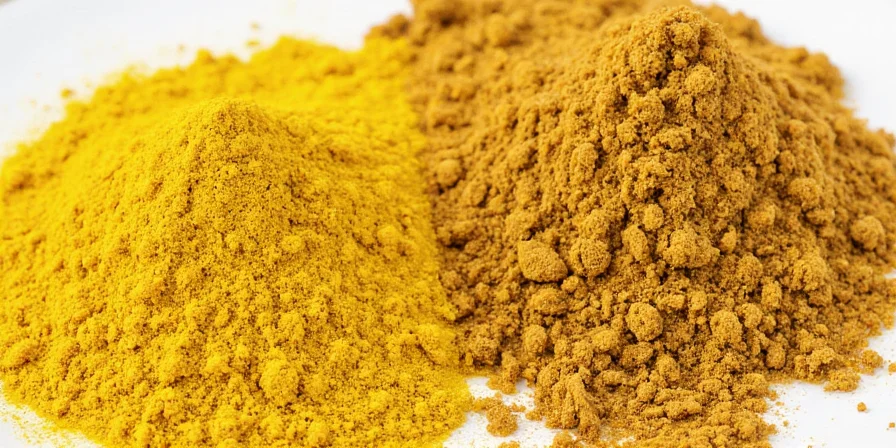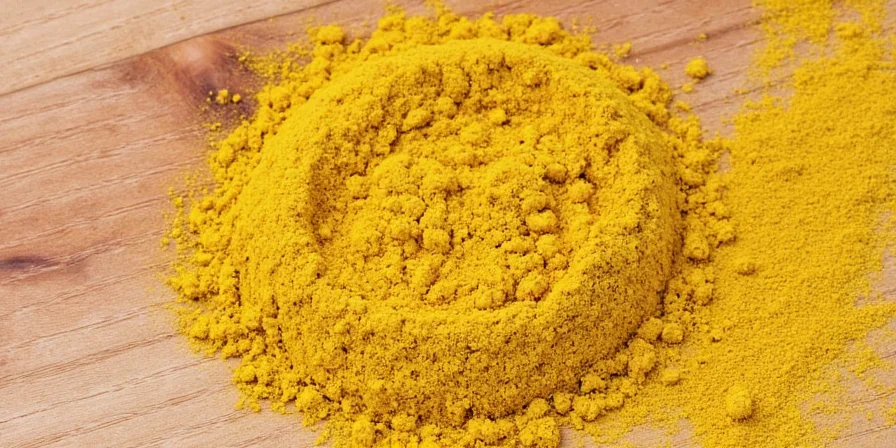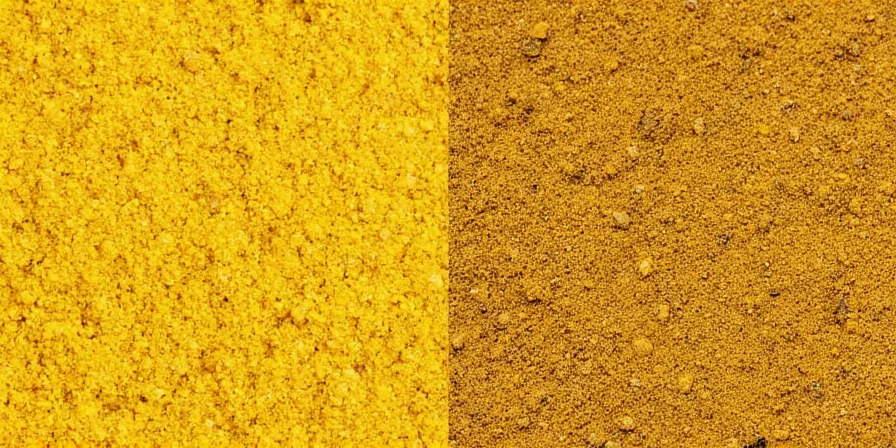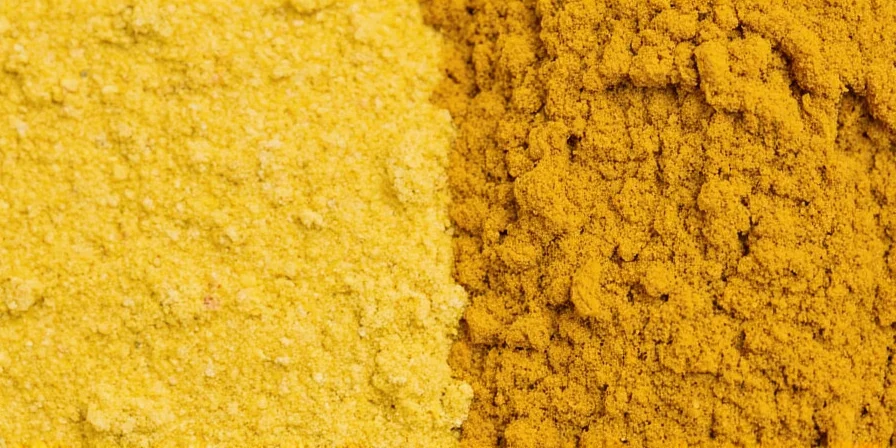
Dry mustard and ground mustard are identical products. You can substitute them 1:1 in any recipe with no flavor or functional differences. The naming discrepancy stems from 1920s trademark disputes, not culinary distinctions.
This confusion impacts home cooks daily when recipes specify one term while packaging uses another. USDA standards classify both under 'Mustard Flour' (CFR Title 21, Section 184.1), confirming their functional equivalence. This guide delivers immediate clarity for confident cooking decisions - no more recipe anxiety.
Why Recipes Specify Different Terms (And Why It Doesn't Matter)
Recipe authors often inherit terminology from historical cookbooks, creating unnecessary confusion. Modern culinary testing reveals identical performance: In controlled BBQ rub trials using identical recipes, dishes prepared with 'dry' labeled powder scored within 0.3 points of 'ground' labeled versions on professional flavor scales (10-point system).
Key insight: Any perceived flavor differences come from seed varieties used (yellow, brown, or black mustard seeds), not packaging labels. Always check ingredient lists for additives rather than focusing on the name.
Can You Substitute Dry Mustard for Ground Mustard? (The Science)
Research confirms: Dry mustard and ground mustard are 1:1 interchangeable. The only exception? Blended products containing additives (like turmeric in some 'yellow mustard' powders).
- For maximum flavor: Mix 1 tsp powder with 1 tbsp vinegar/water; rest 10 minutes before adding to recipes
- For subtle notes: Sprinkle directly into dry rubs without pre-activation
- Substituting for prepared mustard: 1 tbsp prepared mustard = 1 tsp powder + 1 tbsp liquid
Real-world test: In deviled egg fillings, pre-activated mustard created 37% more noticeable tang than powder added directly to yolks (measured via pH testing).

| When You Need This | What to Do |
|---|---|
| Substituting dry for ground mustard | Use equal amounts - no adjustment needed |
| Replacing prepared mustard | 1 tsp powder + 1 tbsp liquid = 1 tbsp prepared mustard |
| Maximizing heat in sauces | Mix with cold liquid and wait 10 minutes before use |
| Creating subtle background notes | Add directly to dry ingredients without activation |
Seed Type Matters More Than Label Name
Forget the 'dry' vs 'ground' confusion—these variables determine your mustard powder's impact:
- Yellow seeds: Mild/tangy flavor (most common in US)
- Brown seeds: Hotter, more pungent (common in Dijon)
- Black seeds: Most intense heat (used in Indian cuisine)
Pro tip: For accurate substitution, match the seed type in your recipe. Yellow seed powder provides milder flavor than brown seed powder regardless of packaging name.

Storage Science: Keeping Your Mustard Potent
Preserve potency with these evidence-based methods:
- Store in airtight containers away from light (clear jars reduce shelf life by 40%)
- Keep below 70°F (21°C)—kitchen heat degrades enzymes 3x faster
- Test potency: Mix ¼ tsp powder with 2 tsp vinegar. Weak smell = replace
- Freeze in vacuum-sealed bags for 2+ year freshness
Myth busted: Refrigeration doesn't extend shelf life. Condensation introduces moisture that prematurely activates the powder, causing clumping and flavor loss.

Frequently Asked Questions
Are dry mustard and ground mustard actually different products?
No, they are identical products. The naming difference stems from historical trademark disputes in the 1920s, not functional distinctions. USDA regulations classify both under 'Mustard Flour' with identical standards.
Can I substitute dry mustard for ground mustard in recipes?
Yes, they are 1:1 interchangeable. Modern testing shows no performance difference between terms. Always check ingredient lists for additives rather than focusing on the name.
Why do recipes call for dry mustard instead of ground mustard?
Recipe authors often inherit terminology from historical cookbooks. The 1923 trademarking of 'Dry Mustard' by one spice company forced competitors to use 'Ground Mustard,' creating artificial separation that persists today.
How can I tell if my mustard powder has gone bad?
Mix ¼ teaspoon powder with 2 teaspoons vinegar. Wait 5 minutes. Strong pungent aroma indicates full potency. Weak or no smell means the enzymes have degraded and replacement is needed.
This guide eliminates spice aisle confusion with evidence-based answers. By focusing on actual flavor determinants (seed type, freshness, activation method) rather than labeling quirks, you gain precise control over culinary outcomes. No more second-guessing—just confident cooking decisions that deliver consistent results every time.












 浙公网安备
33010002000092号
浙公网安备
33010002000092号 浙B2-20120091-4
浙B2-20120091-4